The alerting service is provided by ? [ Correction orientation ]
Question 11-1 : The ats unit responsible for the aircraft at that moment the atc unit responsible for the aircraft at that moment when it is provided with 121 5 mhz only by atc units the area control centres
 The ats unit responsible for the aircraft at that moment.
The ats unit responsible for the aircraft at that moment. Icao annex 7 aircraft nationality and registration marks .which material are ?
Question 11-2 : Fireproof metal or other fireproof material carbon fiber composite plastic of any material of plastic
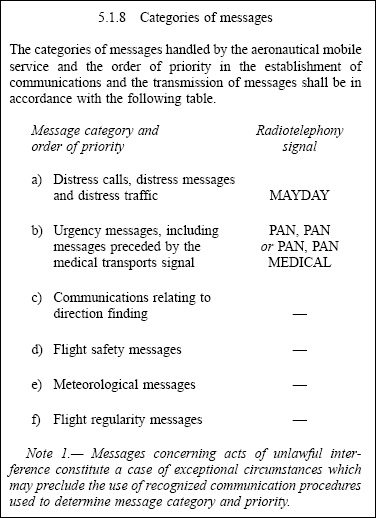 Fireproof metal or other fireproof material.
Fireproof metal or other fireproof material. The eat has to be transmitted to the pilot as soon as possible in case the ?
Question 11-3 : 10 minutes 15 minutes or more 5 minutes or more 20 minutes
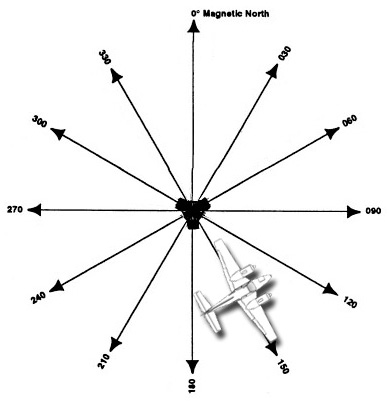 10 minutes.
10 minutes. The 'estimated total time' in block 16 of a vfr flight plan is the estimated ?
Question 11-4 : Required by the aircraft from take off to arrive overhead the destination airport required by the aircraft from the moment it moves by its own power until it stops at the end of the flight block time required by the aircraft from brake release at take off until landing of endurance at cruising power taking into account pressure and temperature on that day
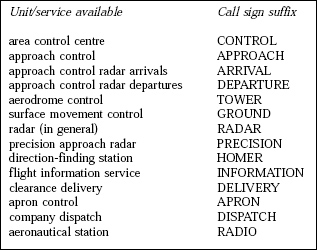 Required by the aircraft from take-off to arrive overhead the destination airport.
Required by the aircraft from take-off to arrive overhead the destination airport. The following minimum radar separation shall be provided between aircraft on ?
Question 11-5 : 5 nm 2 5 nm 3 nm 2 nm
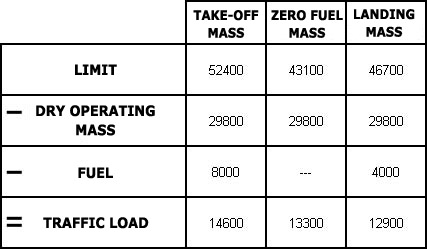 5 nm.
5 nm. The letter 'l' is written in the wake turbulence box of a flight plan form when ?
Question 11-6 : 7 000 kg 5 700 kg for aeroplanes and 2 700 kg for helicopters 20 000 kg 14 000 kg
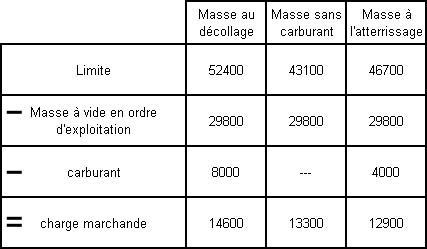 7 000 kg.
7 000 kg. The longitudinal separation minima based on dme and each aircraft 'on track' ?
Question 11-7 : 10 nm provided that the leading aircraft maintains a true airspeed of 20 kt or more faster than the succeding aircraft 10 nm provided that the leading aircraft maintains a true airspeed of 40 kt or more faster than the succeding aircraft 20 nm provided that the leading aircraft maintains a true airspeed of 10 kt or more faster than the succeding aircraft 10 nm provided that the leading aircraft maintains a true airspeed of 10 kt or more faster than the succeding aircraft
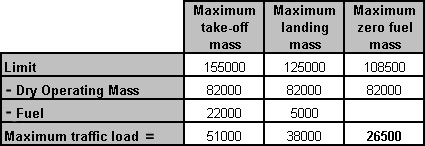 10 nm provided that the leading aircraft maintains a true airspeed of 20 kt or more faster than the succeding aircraft.
10 nm provided that the leading aircraft maintains a true airspeed of 20 kt or more faster than the succeding aircraft. Longitudinal separation minima based on time .the longitudinal separation ?
Question 11-8 : 5 minutes 3 minutes 2 minutes 10 minutes
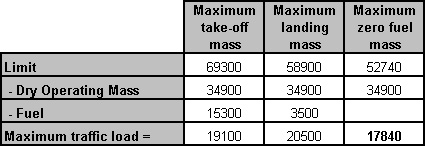 5 minutes.
5 minutes. The longitudinal separation minima between aircraft departed from the same ?
Question 11-9 : 2 minutes 5 minutes 10 minutes 8 minutes
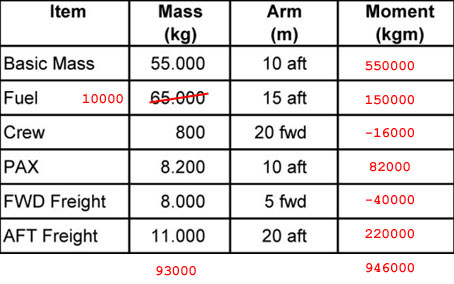 2 minutes.
2 minutes. The pilot in command of an aircraft .1 must comply immediately to all ?
Question 11-10 : 3 and 5 2 3 and 5 3 4 and 5 1 and 4
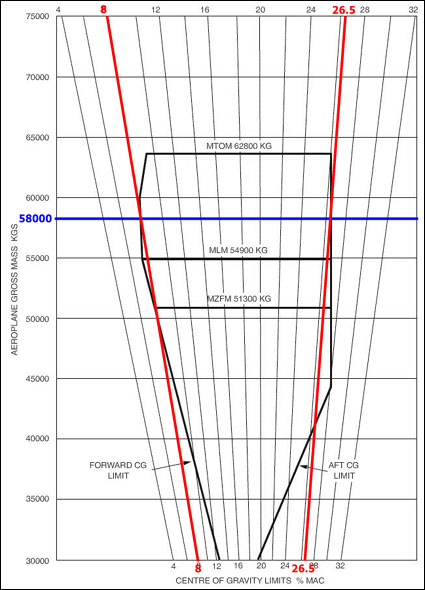 3 and 5.
3 and 5. The primary duty provided by a radar unit is ?
Question 11-11 : To provide radar separation to assist aircraft where navigation appears unsatisfactory to assist aircraft on the location storms to assist aircraft due to failure of airborne equipment
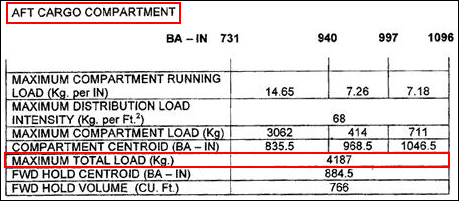 To provide radar separation.
To provide radar separation. The radar controller shall not request the pilot to adjust the speed where the ?
Question 11-12 : 4 nm from the threshold on final approach 5 nm from the threshold on final approach 3 nm from the threshold on final approach 2 nm from the threshold on final approach
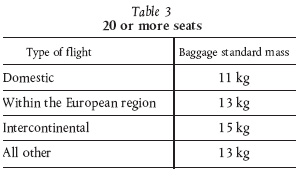 4 nm from the threshold on final approach.
4 nm from the threshold on final approach. The separation method whereby the vertical and horizontal separation may be ?
Question 11-13 : Composite separation combined separation reduced separation essential separation
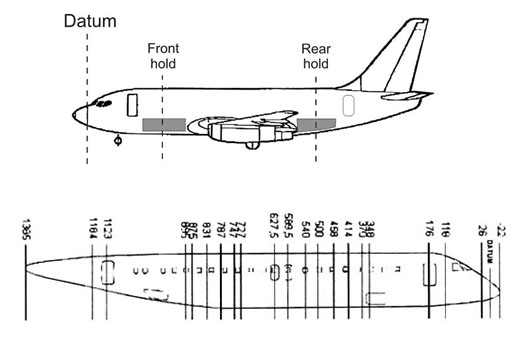 Composite separation.
Composite separation. The speed limitation for both ifr flights and vfr flights inside ats airspace ?
Question 11-14 : Not applicable 250 kt ias 260 kt ias 250 kt tas
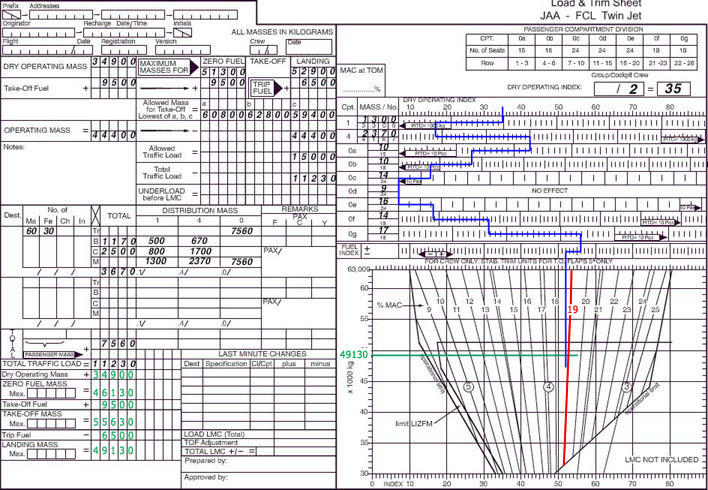 Not applicable.
Not applicable. The speed limitation for ifr flights inside ats airspace classified as c when ?
Question 11-15 : Not applicable 250 kt ias 260 kt ias 250 kt tas
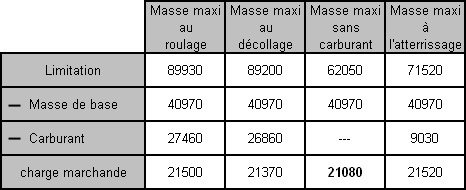 Not applicable.
Not applicable. The speed limitation for ifr flights inside ats airspace classified as e when ?
Question 11-16 : 250 kt ias not applicable 260 kt ias 250 kt tas
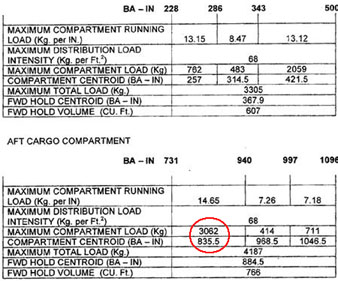 250 kt ias.
250 kt ias. The speed limitation for vfr flights inside ats airspace classified as c when ?
Question 11-17 : 250 kt ias not applicable 260 kt ias 250 kt tas
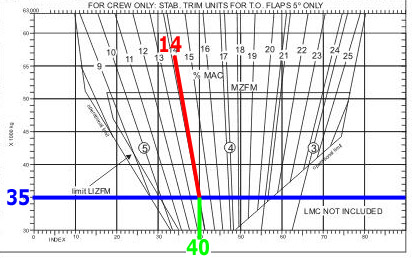 250 kt ias.
250 kt ias. The surveillance radar approach shall be terminated at a distance of 2 nm from ?
Question 11-18 : Half nm 1 nm 1 5 nm half mile
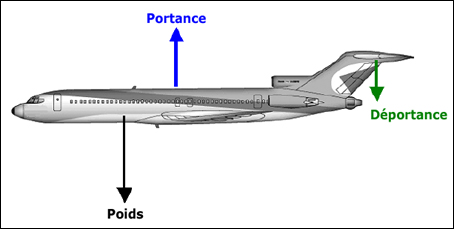 Half nm.
Half nm. The transfer of an aircraft from one atc unit to another unit is done ?
Question 11-19 : By agreement with the receiving unit automatically at the control zone boundary with the pilot's consent through a central control unit
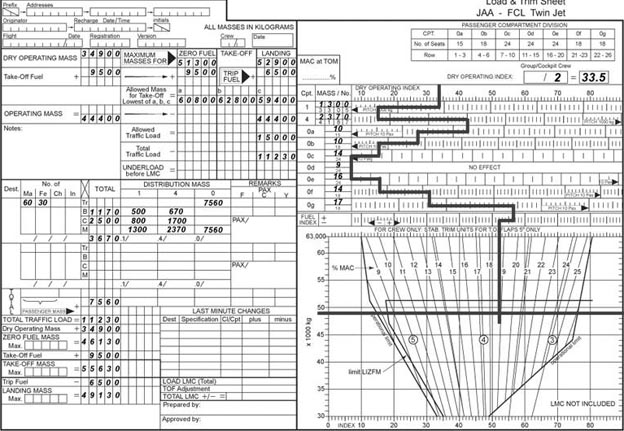 By agreement with the receiving unit.
By agreement with the receiving unit. The units providing air traffic services are ?
Question 11-20 : Area control centre flight information centre approach control office aerodrome control tower and air traffic services reporting office area control centre approach control office and aerodrome control tower area control centre flight information region approach control office and tower area control centre advisory centre flight information centre approach control office and tower
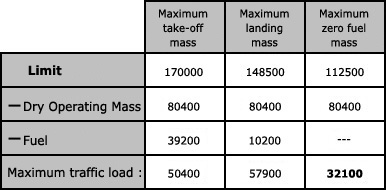 Area control centre - flight information centre - approach control office - aerodrome control tower and air traffic services reporting office.
Area control centre - flight information centre - approach control office - aerodrome control tower and air traffic services reporting office. The vmc minima for an airspace classified as 'b' above 10 000 feet msl are ?
Question 11-21 : 1500 m horizontally 1000 ft vertically from clouds 8 km visibility 2000 m horizontally 1000 ft vertically from clouds 8 km visibility 1 mile horizontally and 1000 feet vertically from clouds 5 km visibility clear of cloud 8 km visibility
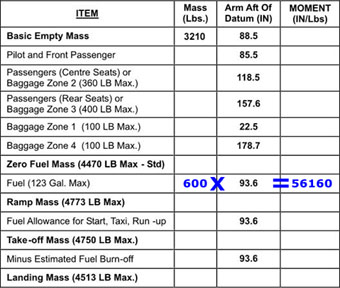 1500 m horizontally; 1000 ft vertically from clouds; 8 km visibility.
1500 m horizontally; 1000 ft vertically from clouds; 8 km visibility. Visual flight rules.the vmc minima for an airspace classified as 'g' above 10 ?
Question 11-22 : 1500 m horizontally and 1 000 feet vertically from clouds 8 km visibility 1 nautical mile horizontally and 1000 feet vertically from clouds 8 km visibility 1 nautical mile horizontally and 1 000 feet vertically from clouds 5 km visibility 1500 m horizontally and 1 000 feet verticaly from clouds 5 km visibility
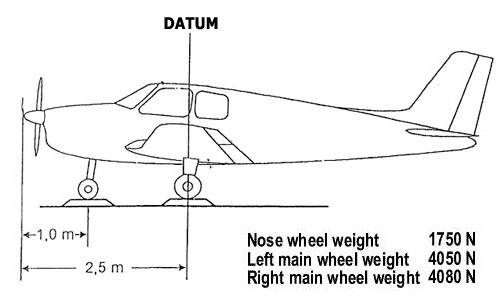 1500 m horizontally and 1 000 feet vertically from clouds; 8 km visibility.
1500 m horizontally and 1 000 feet vertically from clouds; 8 km visibility. During a flight below the transition altitude an aircraft's altimeter should be ?
Question 11-23 : Qnh and the vertical position is expressed in terms of altitude qnh and the vertical position is expressed in terms of height qne and the vertical position is expressed in terms of altitude qne and the vertical position is expressed in terms of flight level
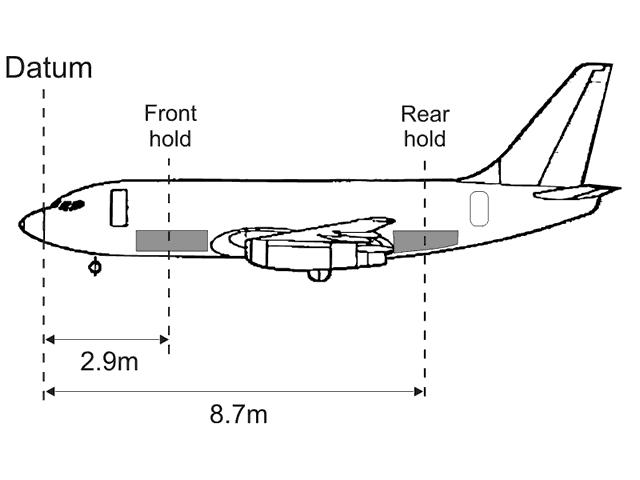 Qnh and the vertical position is expressed in terms of altitude.
Qnh and the vertical position is expressed in terms of altitude. To perform a vfr flight in airspace classification e ?
Question 11-24 : Two way radio communication is not required a clearance is required a clearance and two way radio communication is required a clearance and/or two way radio communication is required
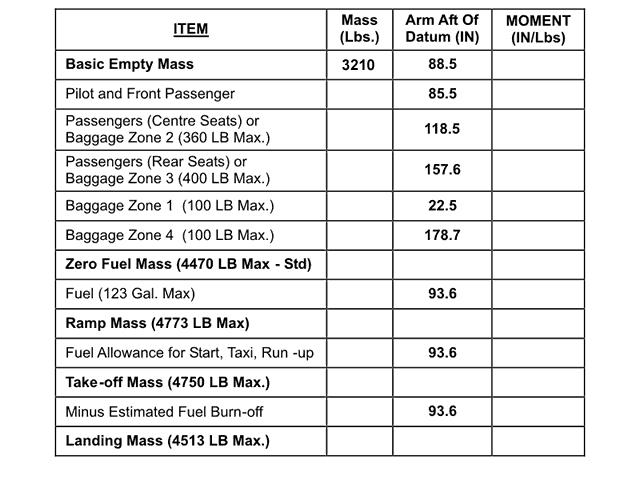 Two way radio communication is not required.
Two way radio communication is not required. Right of way converging.two aircraft are approaching each other in a ?
Question 11-25 : Aircraft 'b' providing it has 'a' on its left aircraft 'a' providing it has 'b' on its right aircraft 'b' regardless of the direction from which 'a' is approaching aircraft 'a' regardless of the direction from which 'b' is approaching
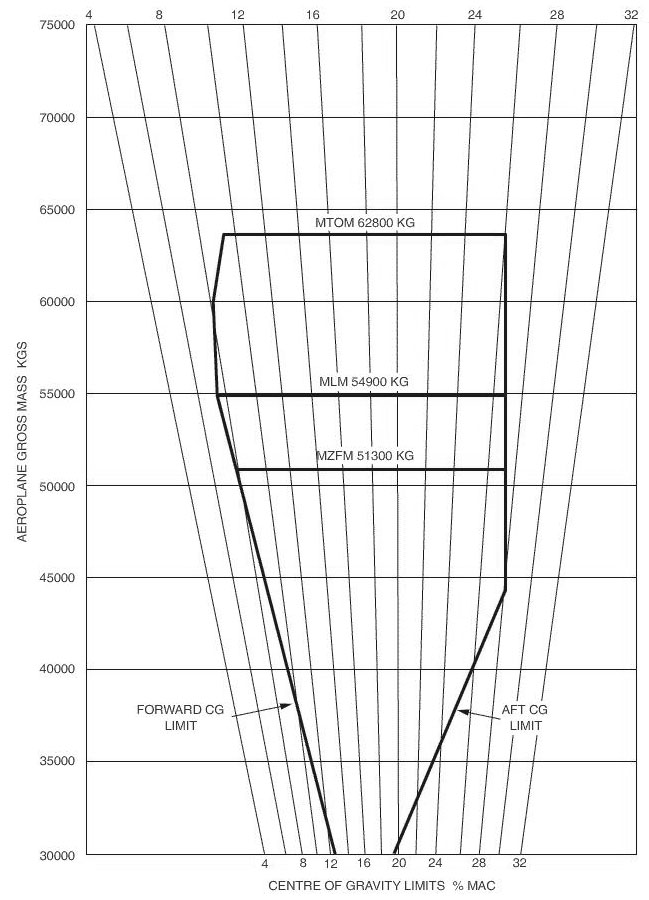 Aircraft 'b', providing it has 'a' on its left.
Aircraft 'b', providing it has 'a' on its left. Two minutes separation may be used between departing aircraft if they are to ?
Question 11-26 : The preceeding aircraft is 40 kt or more faster than the following aircraft the preceeding aircraft is 10 kt or more faster than the following aircraft the preceeding aircraft is 20 kt or more faster than the following aircraft the preceeding aircraft is 30 kt or more faster than the following aircraft
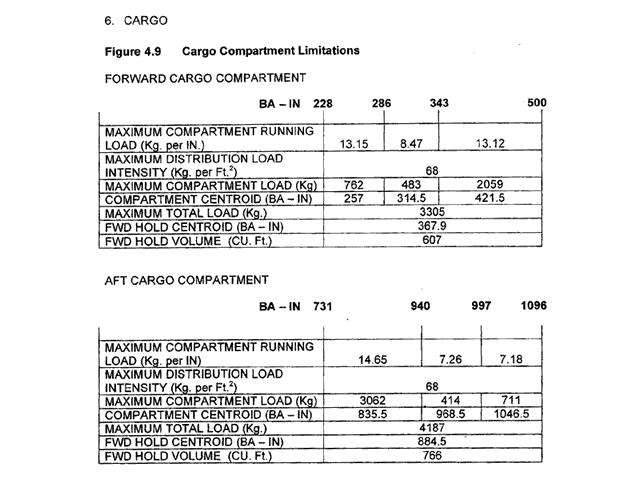 The preceeding aircraft is 40 kt or more faster than the following aircraft.
The preceeding aircraft is 40 kt or more faster than the following aircraft. Unless otherwise prescribed by the appropriate ats authority the radar ?
Question 11-27 : 8 nm 6 nm 5 nm 10 nm
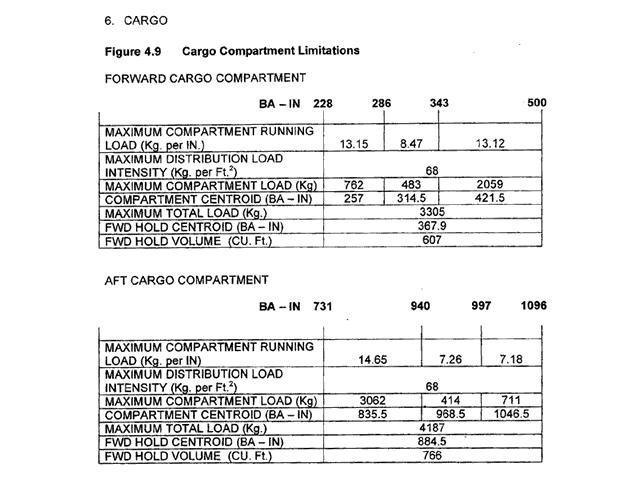 8 nm.
8 nm. Minimum level ifr .unless otherwise prescribed what is the rule regarding level ?
Question 11-28 : 1000 ft above the highest obstacle within 8 km of the estimated position of the aircraft 2000 ft above the highest obstacle within 8 nm of course 2000 ft above the highest obstacle within 8 km of course 1000 ft above the highest obstacle within 8 nm of course
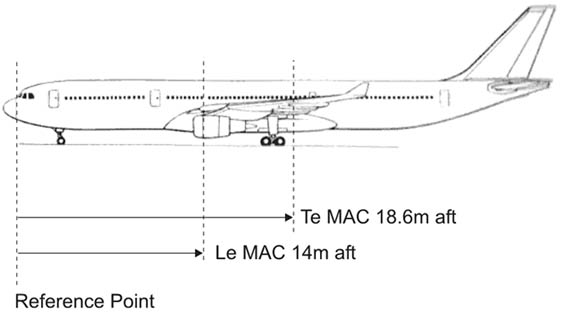 1000 ft above the highest obstacle within 8 km of the estimated position of the aircraft.
1000 ft above the highest obstacle within 8 km of the estimated position of the aircraft. Use of radar in the approach service vectoring to final approach track .when ?
Question 11-29 : 45° 50° 40° 30°
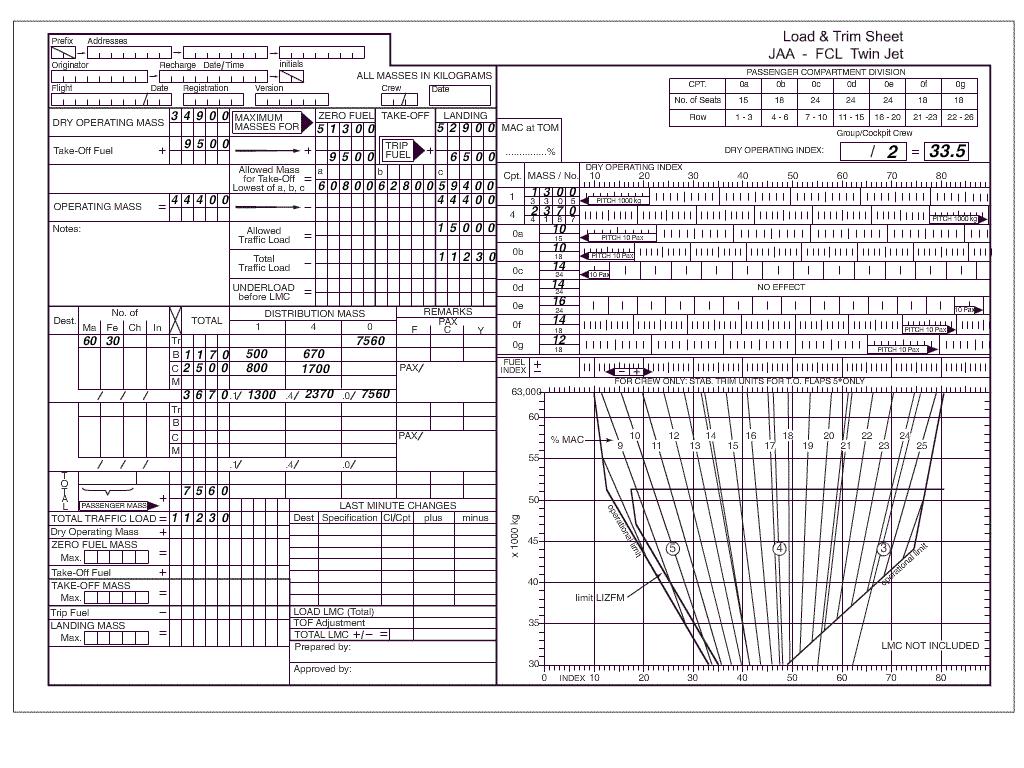 45°.
45°. Vmc minima for vfr flights in class b airspace above 3050m 10000 ft amsl are ?
Question 11-30 : 8 km visibility 1500 m horizontal and 1000 ft vertical distance from clouds no minima vfr flights are not permitted 5 km visibility 1500 m horizontal and 1000 ft vertical distance from clouds 8 km visibility and clear of clouds
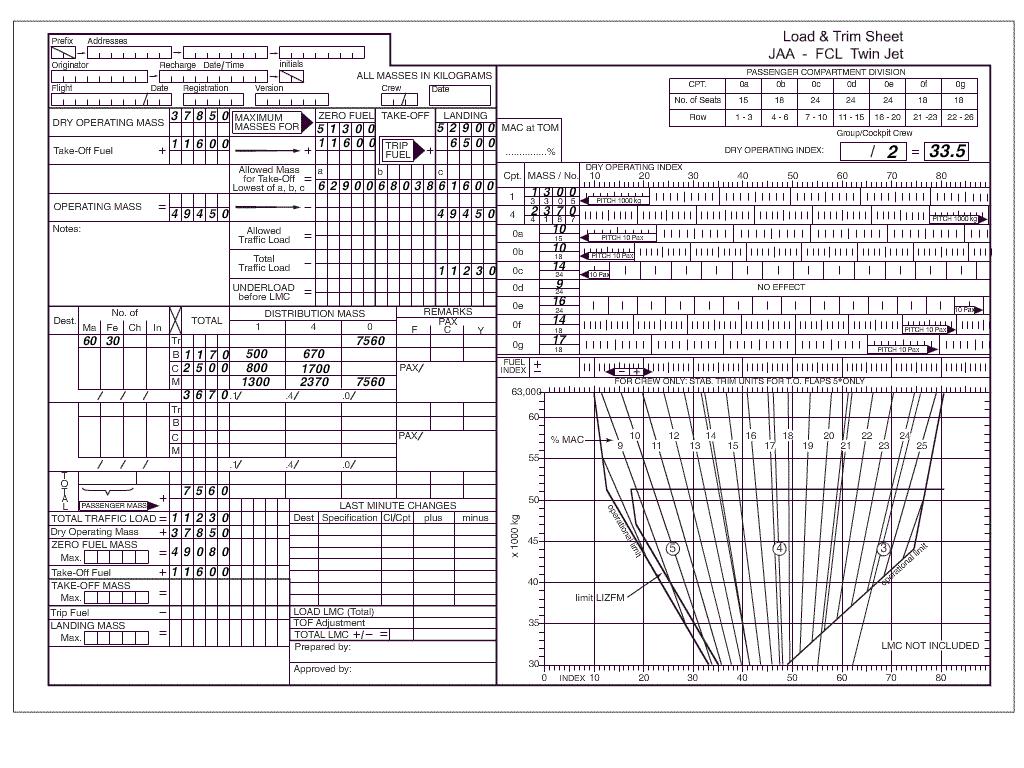 8 km visibility, 1500 m horizontal and 1000 ft vertical distance from clouds.
8 km visibility, 1500 m horizontal and 1000 ft vertical distance from clouds. Wake turbulence separation between departing aircraft .the minimum separation ?
Question 11-31 : 2 minutes 5 minutes 3 minutes 1 minute
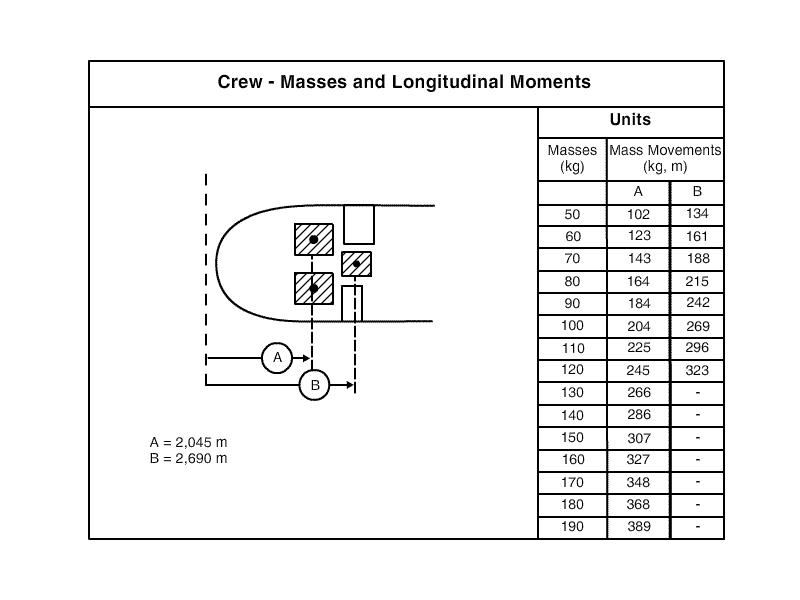 2 minutes.
2 minutes. What is meant when departure control instruct you to 'resume own navigation' ?
Question 11-32 : You should maintain that airway by use of your navigation equipment you are still in radar contact but must make position reports radar service is terminated advisories will no longer be issued by atc
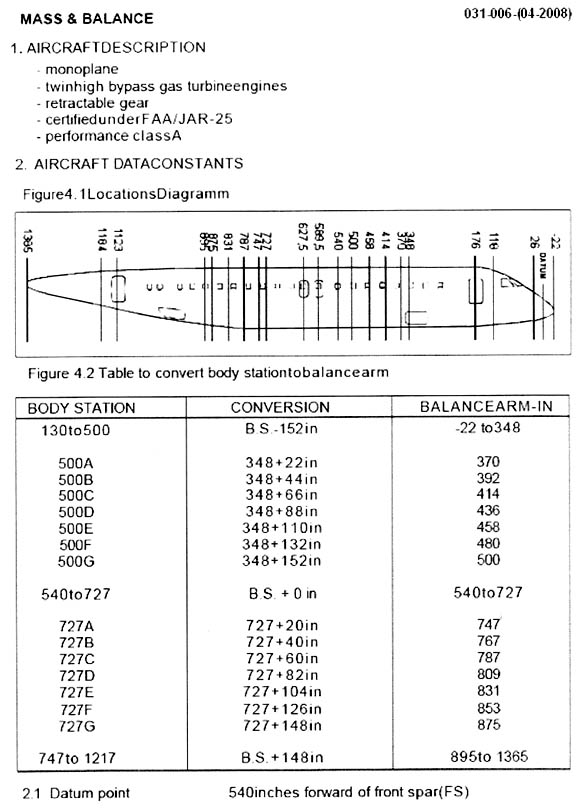 You should maintain that airway by use of your navigation equipment.
You should maintain that airway by use of your navigation equipment. What is the minimum wake turbulence separation criteria when a light aircraft ?
Question 11-33 : 2 minutes 3 minutes 1 minute 5 minutes
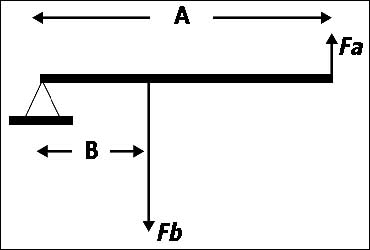 2 minutes.
2 minutes. What is the shortest distance in a sequence for landing between a 'heavy' ?
Question 11-34 : 6 nm 3 nm 2 km 10 km
What is the speed limit ias in airspace class e ?
Question 11-35 : 250 kt for ifr and vfr up to fl 100 250 kt only for vfr up to fl 195 250 kt vfr and ifr all levels 250 kt only for ifr up to fl 100
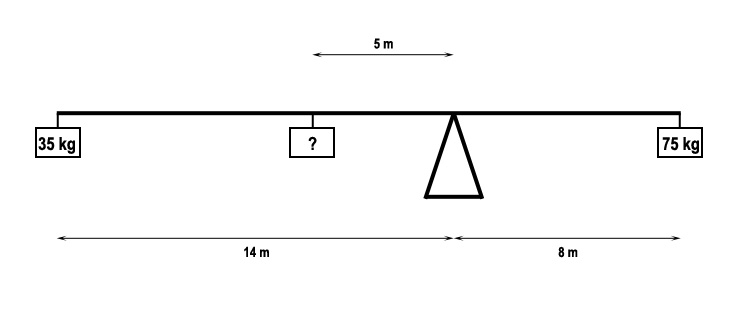 250 kt for ifr and vfr up to fl 100.
250 kt for ifr and vfr up to fl 100. When a radar operator says the following to an aircraft 'fly heading 030' the ?
Question 11-36 : 030° magnetic 030° magnetic in still air conditions thereby flying the magnetic track 030° true 030° true in still air conditions thereby flying the true track
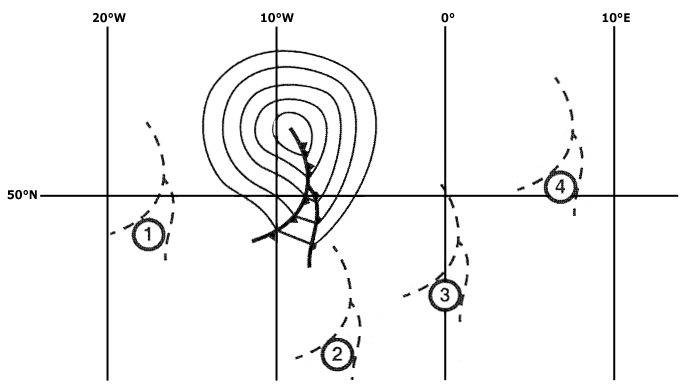 030° magnetic.
030° magnetic. When an aircraft is experiencing difficulties triggering of the alert phase is ?
Question 11-37 : Air traffic control and flight information centres search and rescue coordination centres the pilot in command the aircraft operator
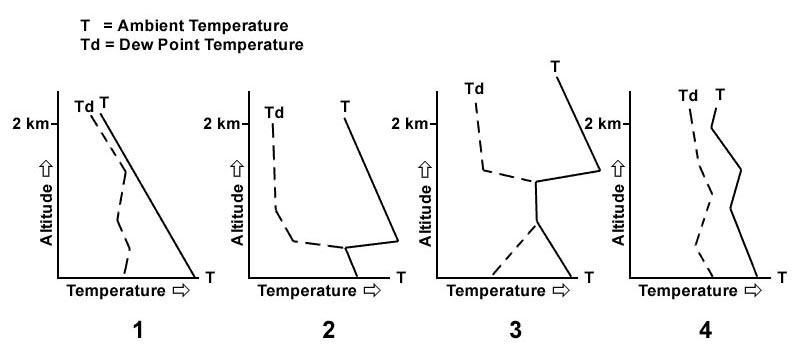 Air traffic control and flight information centres.
Air traffic control and flight information centres. When an aircraft will pass through the level of another aircraft on the same ?
Question 11-38 : 15 minutes at the time the level is crossed 10 minutes at the time the level is crossed 5 minutes at the time the level is crossed 20 minutes at the time the level is crossed
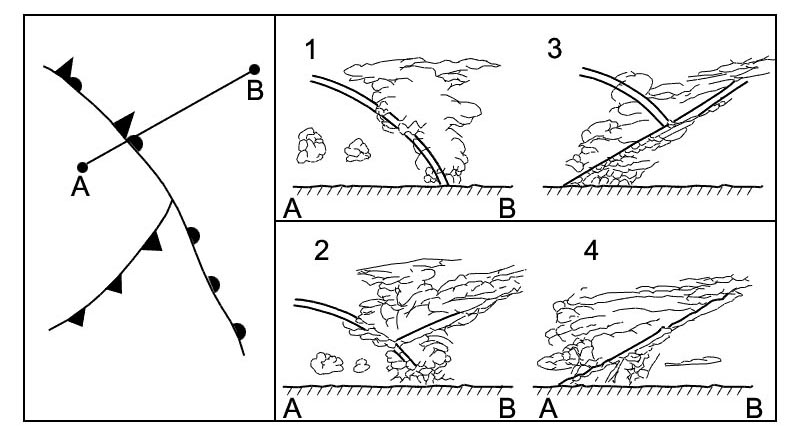 15 minutes at the time the level is crossed.
15 minutes at the time the level is crossed. When independent parallel approaches are being conducted to parallel runways ?
Question 11-39 : At least 2 0 nm prior to intercepting the ils glide path or specified mls elevation angle at least 3 0 nm prior to intercepting the ils glide path or specified mls elevation angle at least 1 5 nm prior to intercepting the ils glide path or specified mls elevation angle at least 2 5 nm prior to intercepting the ils glide path or specified mls elevation angle
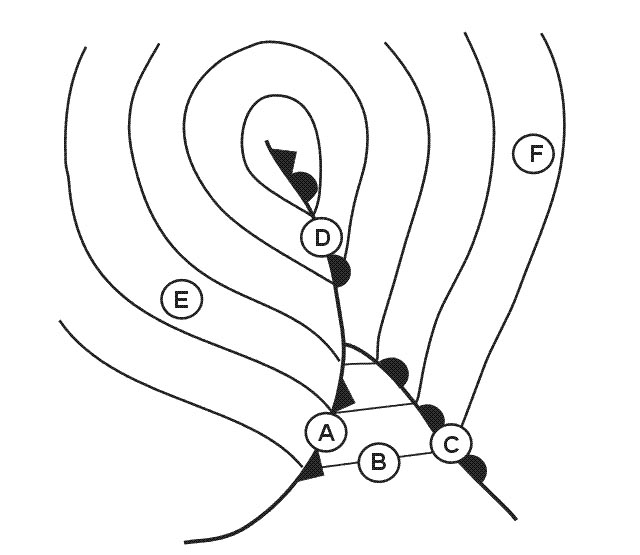 At least 2.0 nm prior to intercepting the ils glide path or specified mls elevation angle.
At least 2.0 nm prior to intercepting the ils glide path or specified mls elevation angle. When radar identification of aircraft has been achieved the radar controller ?
Question 11-40 : Inform the pilot prior to issuing instructions based on the use of radar request the pilot to squak ident for identification only communicate with the pilot when work load permits inform the aircraft only when identification had been achieved by using primary radar
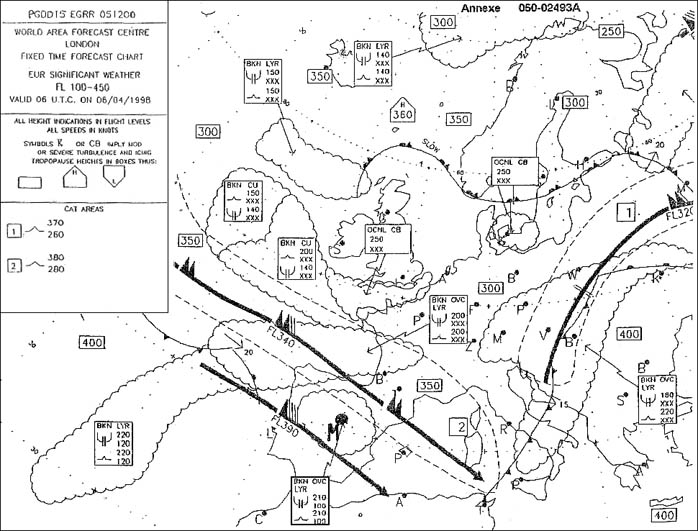 Inform the pilot prior to issuing instructions based on the use of radar.
Inform the pilot prior to issuing instructions based on the use of radar. Our Mock Exams
They faithfully reproduce the look and experience of official exams, allowing you to become familiar with the real conditions, both visually and functionally. This immersive approach helps reduce stress and optimize preparation, providing all the tools needed to succeed in the final exam.
Exclusive rights reserved. Reproduction prohibited under penalty of prosecution.
399 Free Training Exam Other source study: Ppl exam examen 11
